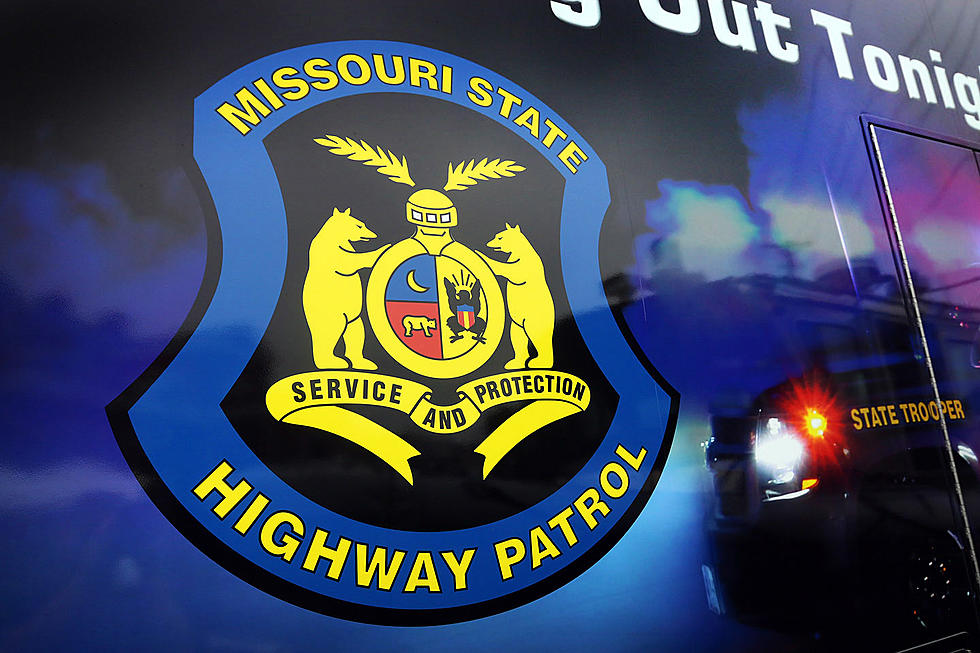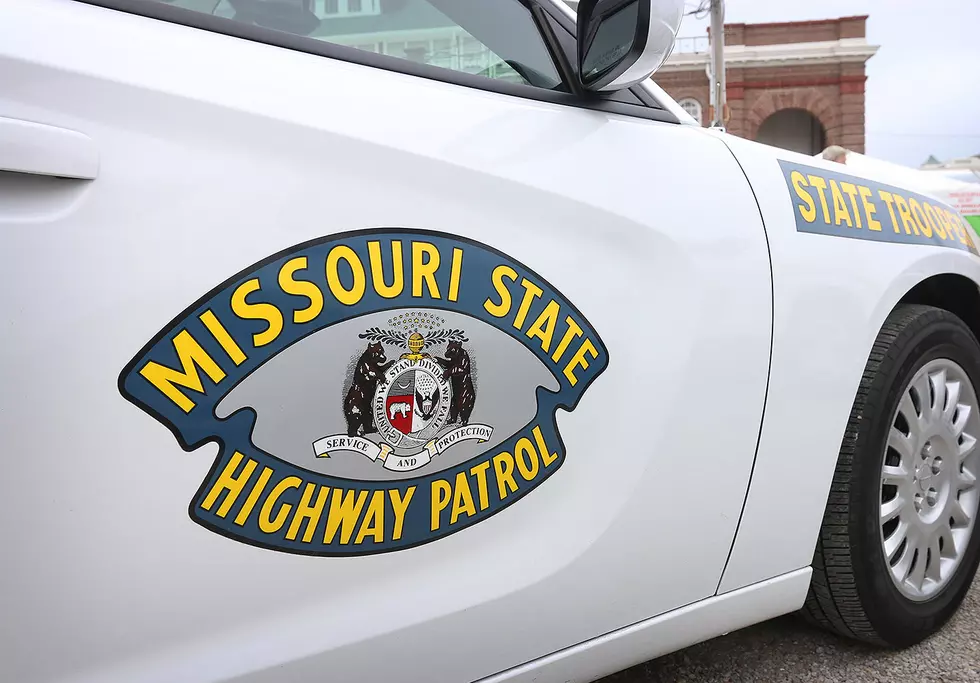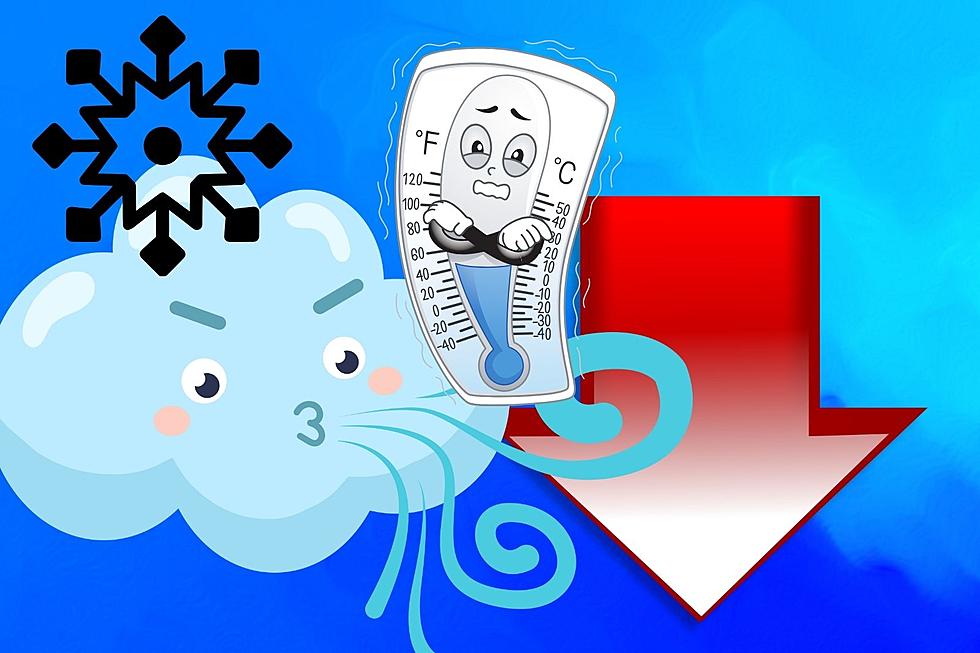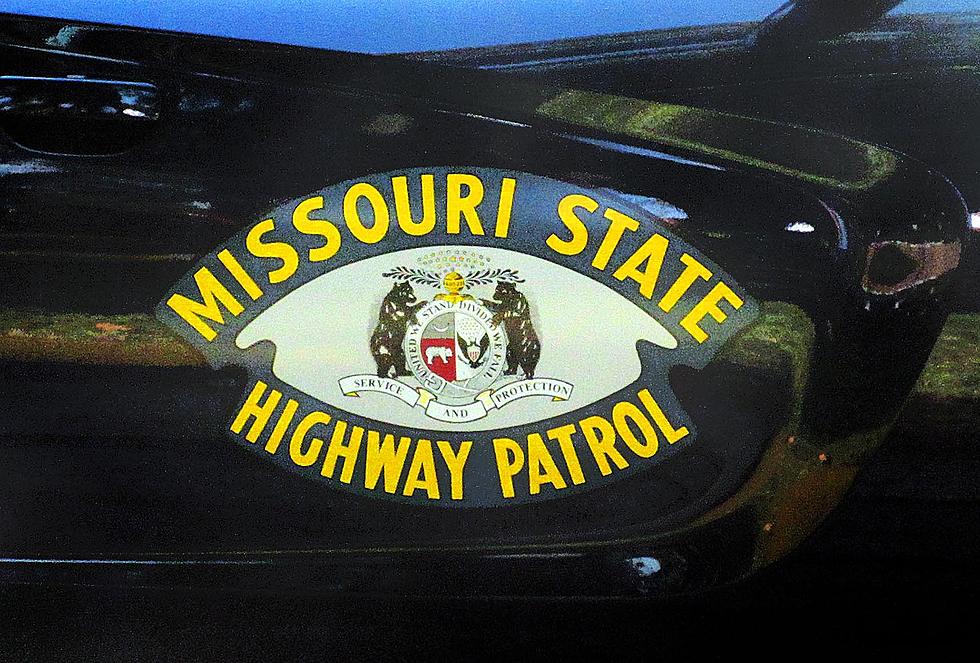
Wednesday’s Overnight Storms Cause Problems for Warrensburg
I thought it was odd that Warrensburg would choose yesterday to conduct a voice test on the City's storm siren system. Between the tornado warning Monday, the severe thunderstorms early Wednesday morning, and a prediction of thunderstorms throughout the day, it seemed an odd day for a test. Not so odd when you find out a lightning strike impacted some of the City's communication infrastructure.
According to a post on the Warrernsburrg Fire Department's Facebook page a portion of Warrensburg's storm siren system was struck by lightning during the storm. The fire department spent some of Wednesday morning working with Johnson County Missouri E-911 and Blue Valley Public Safety to get it all back online.
The City chose to test the storm siren around 1:00 PM CDT Wednesday to make sure the system had been repaired and was fully operational. According to Johnson County Emergency Management Agency's response to a question on Facebook lightning struck a control panel which set the sirens off and impacted a computer which monitors the conditions of the sirens.
The City of Warrensburg and Warrensburg Police Department's phone system was also impacted by Wednesday morning's storms. As the person responsible for the Warrernsburg Police Department's Facebook page said, "It was a rough night y'all..." That about sums up the early hours of Wednesday morning.
The Warrensburg Fire Department also took time in their post regarding the storm siren to remind residents the sirens are designed to alert folks outdoors, and while you might be able to hear them in your home, you shouldn't rely on that to alert you to a tornado. They suggest residents invest in a weather radio or sign up for Johnson County's Rave alerts on their phone. Residents can sign up for Rave alerts on their phone here.
LOOK: The most expensive weather and climate disasters in recent decades
KEEP READING: What to do after a tornado strikes
More From KIX 105.7








